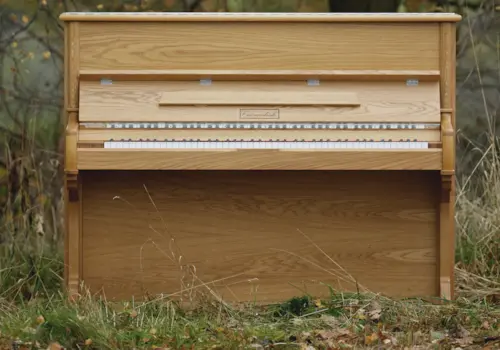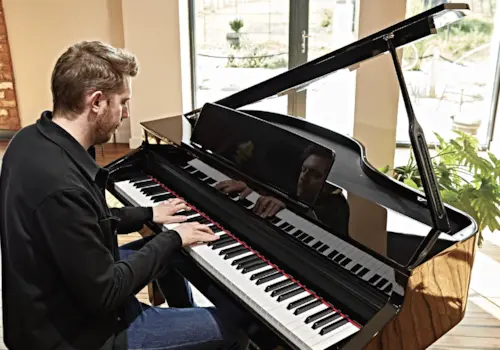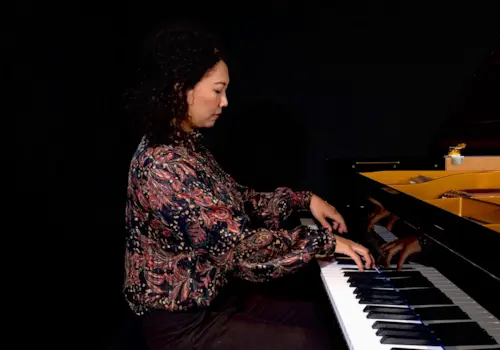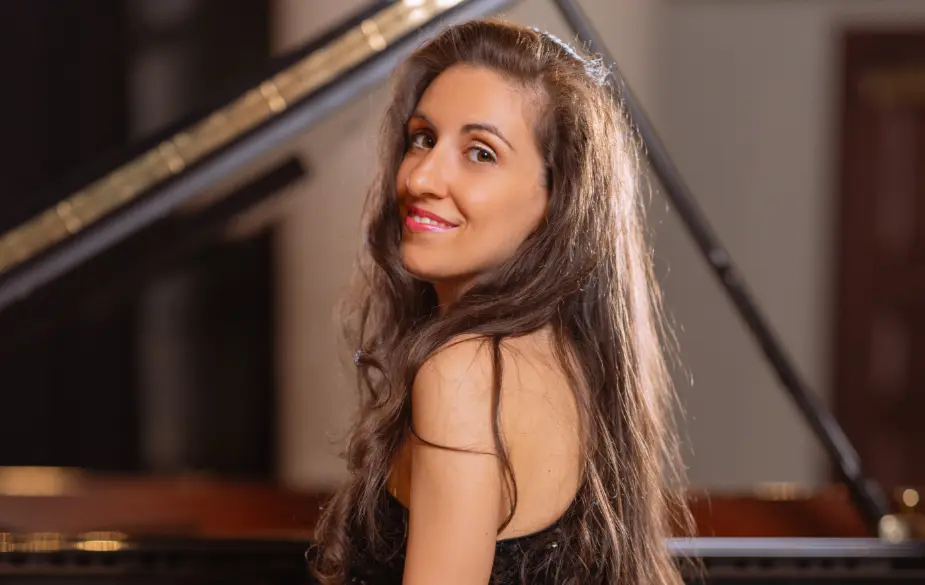08 October 2024
|
Margherita Torretta new CD is dedicated to Elisabetta De Gambarini, the first female musician impresario in London who made significant contributions to the keyboard repertoire of that time.
Elisabetta de Gambarini was an English composer, singer, organist, harpsichordist, pianist, and orchestral conductor of the 18th century. Her original keyboard music combines late Baroque elements with newer features of the Classical period. She is noteworthy for being the first female composer in Britain to publish a collection of keyboard music. The factual details of Elisabetta’s life are scarce. Other than her published music they are gleaned primarily from church registries and notices, ratepayer records, and newspaper advertisements.
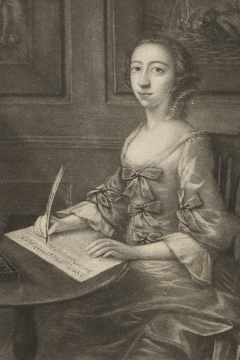
Elisabetta was born in London in 1731, the daughter of Italian parents. Her father was Count Charles Gambarini, Counselor to Frederick I of Sweden, and an expert art collector. Her mother, Giovanna Stradiotti, was a London-based Italian opera singer, harpsichordist, and music teacher. Elisabetta’s career is remarkable for her exceptional musical gifts and her accomplishments as a concert promoter, talent recruiter, managing director, and music conductor, activities that at the time were reserved exclusively for men. She was identified at a young age as having a lovely voice, performing throughout London when she was still in her teens. Descriptions of her tone and range suggest that she was a highly accomplished mezzo-soprano. Her published volumes of keyboard compositions had many eminent subscribers including lords, dukes, barons, lawyers, and other prestigious professionals, as well as famous musicians including Francesco Geminiani and of course, George F. Handel.
For most of her life, Elisabetta lived in Mayfair, just a few blocks from Handel’s Brook Street house, which today has been transformed into the Handel Hendrix museum by Handel House Trust in 2001. Elisabetta used to visit Handel regularly while she was auditioning and performing roles in some of his most popular oratorio productions from 1745 till 1748, a period which included the Occasional Oratorio, the Messiah, Samson, Semele, all performed at Royal Opera House and the Haymarket Theater. At some point in 1748, Elisabetta stopped participating in Handel’s productions. Instead, she was busy arranging the financing and publication of her first volume of keyboard compositions and scheduling her own concert productions in which she was the featured keyboard soloist and vocalist. Handel, however, remained a loyal and supportive friend. He was a prominent and generous supporter of Elisabetta’s publishing projects. Her departure from Handel’s oratorio productions is perhaps best explained by her growing confidence and ambition to achieve recognition as an autonomous, independent creative artist.
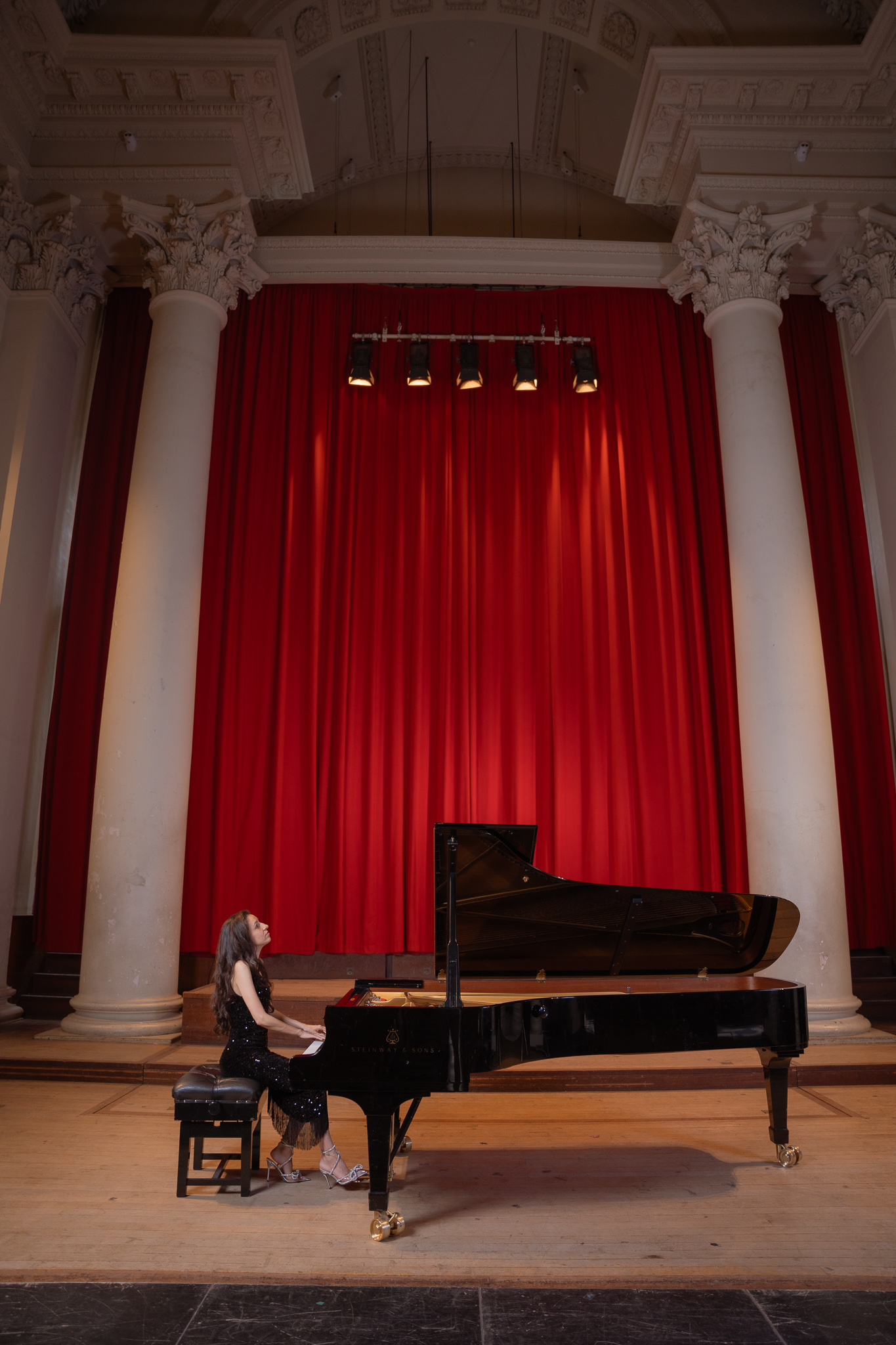
Margherita Torretta in her new album plays Elisabetta De Gambarini's complete works for keyboard: a volume titled “Six Sets of Lessons for the Harpsichord” op.1, published in her teens, dedicated to Viscountess Howe of the Kingdom of Ireland. And a second volume titled “Lessons for the Harpsichord Intermix'd with Italian and English Songs” op.2, dedicated to the Prince of Wales. Although these compositions were written for harpsichord, their performance on this new album seeks to make them accessible and appealing to contemporary listeners so she selected a Steinway Model D grand piano. Improvisation, embellishment and ornamentation play an important role in this recording. Effects include octave doubling, transposing melody to another octave, adding thirds, short scale runs, and playing rubato or ad libitum with freedom of expression.
When performed on a modern piano, distinctive stylistic elements characterising Gambarini’s music become clearer because the piano can express dynamic and tonal ranges and contrasts, providing a more nuanced balance between melody and accompaniment. Gambarini’s compositions are exceptional for the clarity and gracefulness of their melodic lines and the effective, complimentary nature of the bass lines accompanying them. These distinctive features, surely, were informed by her training as a professional singer. Her compositions are elegant, exhibiting a light, clean tonality and inviting accessibility. Her writing, though spare, unfolds with clear purpose, direction, and effect.
From among the sizable community of Italian musicians active in London, Gambarini was probably influenced by composers whose works were circulating in print editions or manuscript copies, like Giovanni Battista Pescetti, Baldassare Galuppi, Domenico Alberti, Domenico Paradisi, and Domenico Scarlatti. In 1764 Elisabetta married Stephen Chazell, in Saint Martin's in the Fields Church in Trafalgar Square. The couple lived in Castle Court, Strand, in the parish of St Martin-in-the-Fields, Westminster.
In the final year of her life, however, her productivity in all of these areas waned. Marriage often ensured more economic stability and social acceptance, especially for older women. However, Elisabetta would have had to abandon her professional career after her marriage. Recent research has revealed that her marriage wasn't a happy one and that she was a victim of spousal abuse. She died giving birth to a baby girl in 1765, which sadly was not unusual at the time.
Elisabetta was buried in St. James Churchyard, Westminster.


